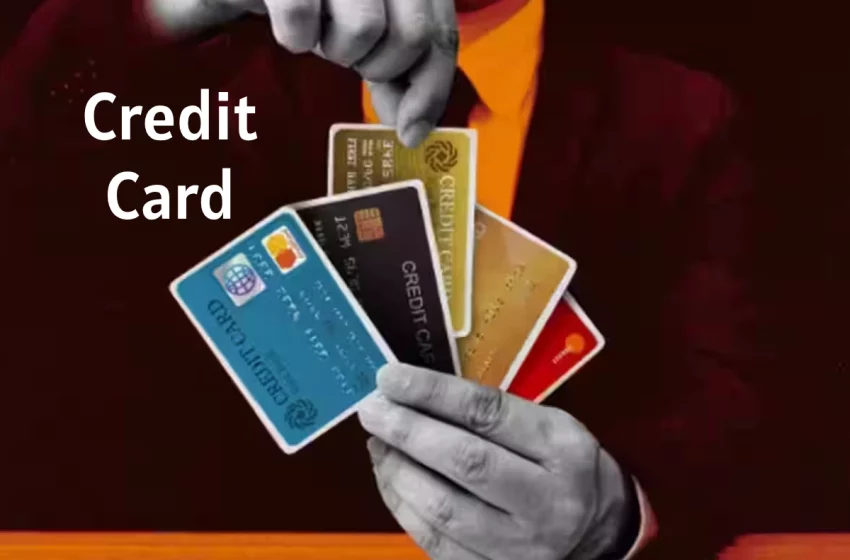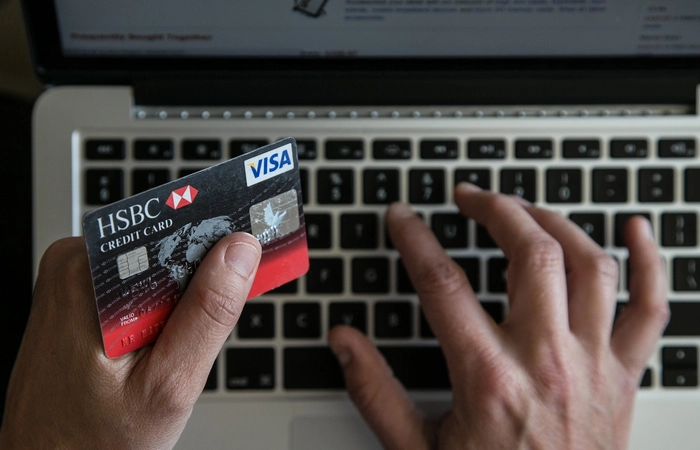
How to Identify and Report Credit Card Scam?
You may have learned about credit card scam following a significant breach in which criminals accessed millions of credit card accounts at the retail checkout. With the advent of chip technology in credit cards, this form of point-of-sale fraud significantly decreased in the United States. EMV (or chip) cards are much more difficult to hack than previous cards with magnetic stripes because a new transaction code is generated each time a card use.
However, online criminals can still obtain your information by purchasing lists of credit card numbers, account information, and personal data on the dark web. During a data breach, criminals gain access to the information and sell it to other criminals. Or you may have unintentionally given the information to the bad guys yourself by attempting to purchase on a phony online store or while donating to a fake charity.
Table of Contents
Types of Credit Card Fraud

There are numerous variations of credit card scams. However, the following are the primary issues to be wary of:
Stolen or lost cards
In this scenario, a robber may have snatched a card from your wallet or mailbox, or it could have fallen from your pocket, to then pick up and used by someone. These two instances both involve fraud.
Taking over accounts
Takeovers happen when a fraudster calls your card company while posing as you, then places an order for a new card to deliver to their address.
Fake playing cards
Fraudsters may use electronic tools like skimmers to copy your card information where they drain money from your account or reprint another card.
Transactions using “Card Not Present” (CNP)
A CNP transaction occurs when a fraudster obtains your card information and uses it to make an online purchase, for example, without having the actual card on hand.
Credit application fraud
Many card issuers mail out credit card offers that have been “pre-approved.” Unfortunately, one of these offers may have been snatched up by a scammer, who may then process it to obtain a new card in someone else’s name. While major credit card issuers may ask for various identification documents to confirm permission and stop fraudsters from accessing these pre-approved lines of credit, victims of identity theft should periodically check their credit reports to be safe from fraud.
How to Report Credit Card Fraud?
Don’t wait to take action and get in touch with your credit card provider to file a report if you believe you have noticed fraudulent activity on your card. Although you won’t be held responsible for transactions that occur without your consent, taking an action as soon as possible against the fraud is crucial.
Begin with the Card Issuer
Use the phone number on the back of your card to call your card’s issuer, or use the live chat feature on the issuer’s website.
It would help if you let the customer support agent know that you believe you were a victim of fraud. Then, the agent could ask you to validate previous transactions to ensure that genuine purchases are correctly executed.
Ask to have your account(s) canceled or suspended. Change any PINs or passwords you believe may have hack.
Contact the Credit Bureaus
Confirm your identity and request a free fraud alert to add to your report by agencies. Scammers will find it difficult to utilize your information maliciously once the signal is set. Also, remember that only one bureau needs to alert of a fraud alert; the others will be notified automatically.
How to Protect Yourself?

Although credit card criminals may become more sophisticated, users shouldn’t remain passive. There are a lot of aggressive steps people can take to reduce their risk of victimization. One should aim to cover as many of these areas as possible because these methods don’t take much work to implement and are generally common sense:
Suspend Your Card If Lost
If you misplace your credit card, call the company that issued it immediately (unless you’re confident you’ve misplaced it at home or in a private area). You see, even if you are optimistic that you left it at a specific bar or restaurant and can make arrangements to pick it up, someone with ulterior motives might have already recorded your credit card information. So always remember to cancel the card and live by the maxim “better safe than sorry.”
Check Your Credit Card Statements
Comparing credit card receipts and monthly credit card statements should be a routine procedure to identify fraudulent charges. In addition to being helpful for budgeting, doing this is among the most straightforward and quickest ways to identify credit card theft.
Augment Your Fraud Protection
A credit monitoring service or add-on services, such as Secure Code by MasterCard and Verified by VISA, which requires cardholders to enter a second PIN when making an online purchase, may help you keep a closer eye on your money, even if all card networks guarantee a $0 fraud liability. In addition, many issuers offer text notifications deliver each time the card is swiped, alerting the cardholder if the account is ever compromise. Check with your issuer and network to see what specific fraud protection services they can offer.
Protect Your Identity
In general, protecting your identity will reduce the likelihood that incorrect people will have access to personal information, which will assist in avoiding credit card fraud. Learn about preventative actions like checking your credit reports and shredding your records by reading our guide on identity theft.
Leave No Room For Doubt
Never give room for interpretation when stating the total sum of a transaction. For instance, you should always enter a value in the “Tip” field on a bill, even if it is just “$0.00.” Doing so will ensure no one else tampers with it.
Avoid Public Computers
Never type your credit card number into a public computer. They may get utilize by numerous individuals, leaving them unprotect and particularly vulnerable to spyware.
Secure Your Wireless Network
Ensure that passwords are use to connect to your home and workplace’s Internet connections. In “middle-man” attacks, the information exchanged between a user and a second party interrupt by a third-party hacker, which intercepts the Internet server that the user is connect to. These are far more common on public wireless networks.
Conclusion:
A scammer uses your credit card scam or credentials, such as the PIN or CVV number, to make purchases without your knowledge. It is a type of identity theft. Such credit card frauds may cause you to suffer significant financial losses. In addition, if the identification of credit card fraud is delaye, you risk becoming caught in a vicious cycle of debt that will eventually lower your credit score.
Also Read: What is a Dedicated Graphics Card and How Can It Benefit You?


